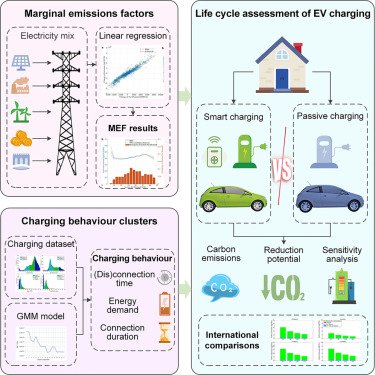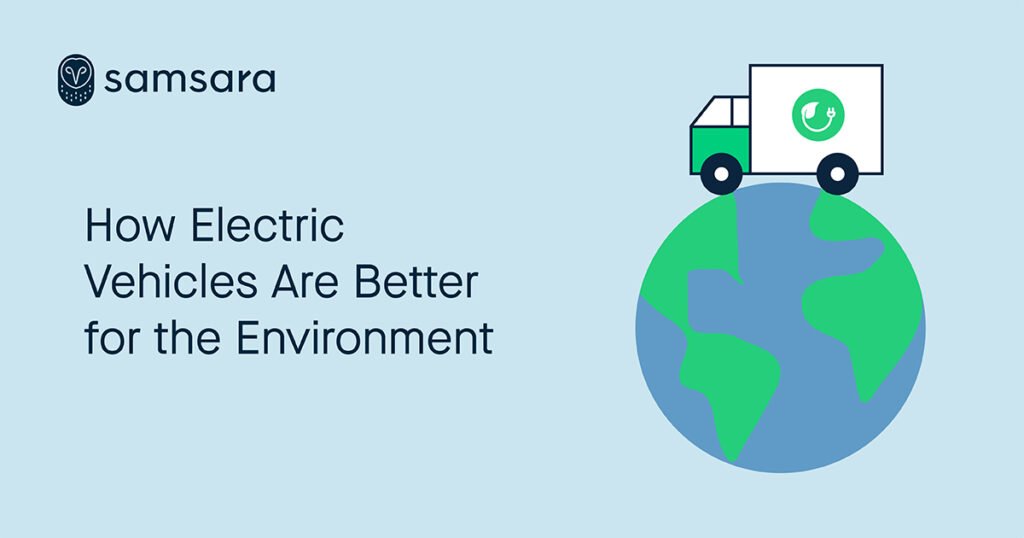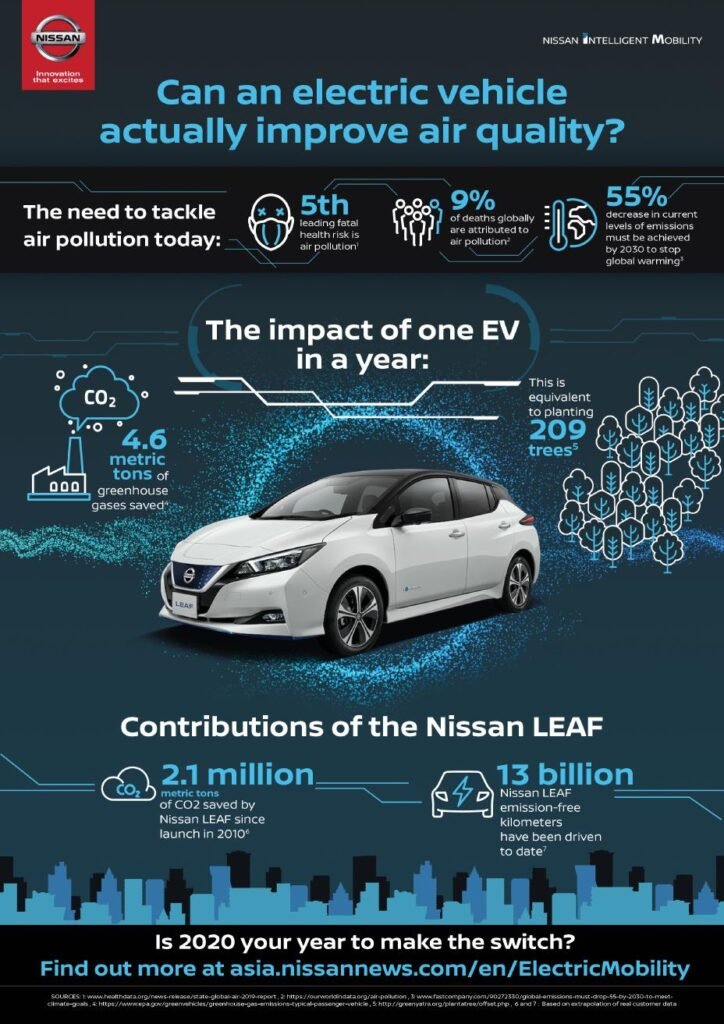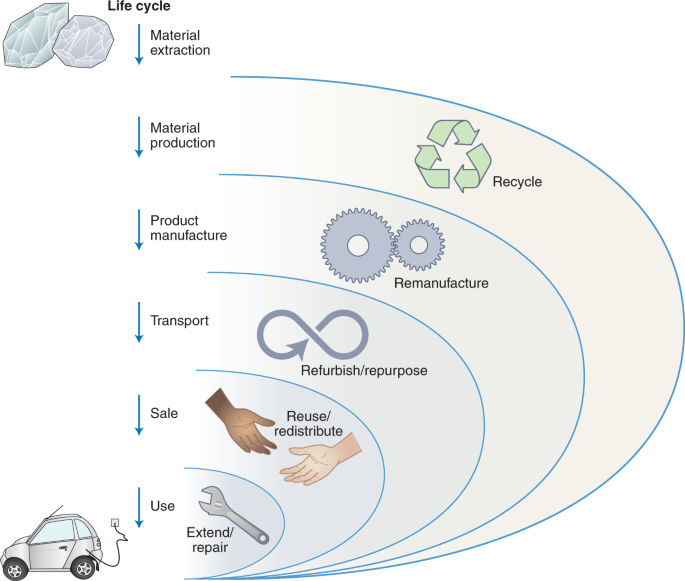In the pursuit of a more sustainable future, the rising popularity of electric vehicles (EVs) offers a promising solution to combating pollution and reducing dependence on fossil fuels. However, as they become more mainstream, it becomes essential to address the environmental impact of EV production itself. This article explores the various strategies and initiatives being taken to minimize this impact, offering insights into the innovative approaches and technologies being employed within the industry. Discover how these efforts are taking shape and contributing to a greener and more sustainable automotive landscape.
Sustainable Materials and Manufacturing Processes
Use of Recycled Materials
One way to minimize the environmental impact of electric vehicle production is to prioritize the use of recycled materials. By incorporating recycled materials into the manufacturing process, we can reduce the demand for virgin resources and the accompanying environmental consequences. For instance, using recycled plastics, metals, and glass can help conserve natural resources while also reducing energy consumption and greenhouse gas emissions associated with the extraction and production of new materials.
Reducing the Dependence on Scarce Resources
Electric vehicle manufacturers can take steps to reduce their dependence on scarce resources. This can involve finding alternative materials that are more abundant and sustainable. For example, rather than relying heavily on rare earth elements for the production of batteries, manufacturers can explore alternative chemistries that use more readily available materials. By diversifying the sources of raw materials, electric vehicle production can be made more resilient and less impactful on the environment.
Energy-efficient Manufacturing Processes
Another key aspect of minimizing the environmental impact of electric vehicle production is implementing energy-efficient manufacturing processes. By optimizing energy usage and reducing waste in the production facilities, manufacturers can significantly reduce the carbon footprint associated with electric vehicle manufacturing. This can involve investing in energy-efficient machinery and technologies, using renewable energy sources, and implementing advanced control systems to maximize energy utilization. By adopting these measures, we can ensure that the production process itself aligns with sustainability goals.
Reducing Emissions in Battery Production
Implementing Sustainable Battery Chemistry
Battery production is a crucial aspect of electric vehicle manufacturing, and reducing its environmental impact is paramount. One effective way to achieve this is by implementing sustainable battery chemistry. By developing battery technologies that use less environmentally harmful materials or have longer lifespans, we can significantly decrease the overall emissions associated with battery production. This can involve research and development efforts to improve battery performance, such as advancing solid-state battery technology or implementing innovative electrode materials.
Reducing Carbon Intensity in Battery Manufacturing
The carbon intensity of battery manufacturing can also be reduced by adopting cleaner production processes. By selecting low-carbon energy sources like solar or wind power for battery manufacturing facilities, manufacturers can decrease the emissions associated with this aspect of electric vehicle production. Additionally, optimizing manufacturing processes to minimize energy consumption and waste can further reduce the carbon footprint. Embracing carbon capture technologies or implementing circular economy principles, such as reusing or recycling materials, can also play a significant role in reducing emissions in battery production.

Eco-friendly Design Principles
Lightweight Vehicle Designs
One of the fundamental aspects of sustainable electric vehicle production is the adoption of lightweight vehicle designs. By using materials like high-strength steel, aluminum, and carbon fiber, manufacturers can reduce the weight of vehicles without compromising safety or performance. Lighter electric vehicles require less energy to operate, resulting in increased energy efficiency and reduced greenhouse gas emissions during use. Additionally, lighter vehicles often require smaller and more efficient batteries, further decreasing the environmental impact associated with battery production.
Improving Energy Efficiency through Aerodynamics
Another crucial design principle for minimizing the environmental impact of electric vehicles is improving energy efficiency through aerodynamics. By reducing drag and optimizing the airflow around the vehicle, manufacturers can enhance its overall efficiency. Streamlined shapes, closed-off grilles, and aerodynamic features like underbody panels and side skirts can significantly reduce energy consumption and contribute to increased driving range. By integrating aerodynamic design principles into the manufacturing process, electric vehicle manufacturers can enhance energy efficiency and reduce emissions during vehicle operation.
Optimizing Battery Range and Lifespan
To minimize the environmental impact of electric vehicle production, it is essential to optimize battery range and lifespan. Increasing the range of electric vehicles allows for longer distances to be covered on a single charge, which can reduce the need for frequent recharging and optimize energy utilization. Moreover, improving battery lifespan, through measures like advanced thermal management systems or using materials that reduce degradation, can enhance the long-term sustainability of electric vehicles. By maximizing battery performance and durability, manufacturers can reduce the frequency of battery replacements, saving valuable resources and decreasing the environmental impact.
Renewable Energy in Production Facilities
Transitioning to Renewable Energy Sources
One of the most impactful ways to minimize the environmental impact of electric vehicle production is to transition production facilities to renewable energy sources. By replacing fossil fuel-based electricity with renewable energy like solar, wind, or hydroelectric power, manufacturers can significantly reduce greenhouse gas emissions associated with electricity consumption. Additionally, investing in energy storage solutions can help optimize renewable energy utilization and make production facilities more resilient to power outages or fluctuations in energy supply.
Investing in On-site Solar or Wind Power
Manufacturers can further reduce the environmental impact of electric vehicle production by investing in on-site renewable energy generation. Installing solar panels or wind turbines within production facilities allows for the direct use of clean energy in the manufacturing process. By generating electricity on-site, manufacturers can reduce reliance on the grid and ensure a more sustainable and self-sufficient operation. Moreover, any surplus energy generated could be fed back into the grid, contributing to the broader adoption of renewable energy sources in the region.

Responsible Waste Management
Implementing Recycling Programs
To minimize the environmental impact of electric vehicle production, manufacturers should implement comprehensive recycling programs. These programs should cover not only production waste but also end-of-life vehicle components and batteries. By collecting and recycling materials like metals, plastics, and batteries, manufacturers can reduce the need for virgin resource extraction and minimize waste generation. Through collaborations with recycling partners, manufacturers can ensure the responsible and efficient management of waste materials, diverting them from landfills and promoting a circular economy approach.
Proper Treatment and Disposal of Hazardous Waste
Electric vehicle production involves the use of various chemicals and materials that can be hazardous if not properly managed. To minimize the environmental impact, manufacturers must put in place proper treatment and disposal systems for hazardous waste. This includes implementing effective containment systems, ensuring safe handling and storage, and adhering to relevant regulations. By properly managing hazardous waste, manufacturers can prevent pollution, protect the environment, and prioritize worker safety.
Lifecycle Assessment and Analysis
Conducting Comprehensive Lifecycle Assessments
One way to minimize the environmental impact of electric vehicle production is by conducting comprehensive lifecycle assessments. These assessments analyze and quantify the environmental impacts at each stage of a vehicle’s life cycle, from raw material extraction to production, use, and end-of-life. By evaluating factors like energy consumption, emissions, and resource usage, manufacturers can identify areas of improvement and make informed decisions to reduce the overall environmental impact. Lifecycle assessments provide valuable insights into the most impactful stages and allow manufacturers to prioritize sustainability efforts accordingly.
Identifying Opportunities for Improvement
By conducting thorough lifecycle assessments, manufacturers can identify opportunities for improvement and implement targeted measures to minimize environmental impact. This may involve adopting more sustainable materials, optimizing production processes, or improving end-of-life recycling systems. By regularly evaluating and updating these assessments, manufacturers can track their progress and identify new opportunities as technologies and knowledge evolve. The continuous improvement based on lifecycle analysis ensures a holistic and effective approach to sustainability in electric vehicle production.

Governance and Regulatory Measures
Strengthening Environmental Regulations
Governance and regulatory measures play a crucial role in minimizing the environmental impact of electric vehicle production. Governments can strengthen existing legislation to ensure that manufacturers comply with environmental standards and prioritize sustainability. This can include stricter emissions regulations, requirements for the use of recycled materials, or guidelines for waste management. By providing clear guidelines and enforcing compliance, governments can incentivize sustainable practices and hold manufacturers accountable for their environmental impact.
Encouraging Voluntary Industry Standards
In addition to regulatory measures, encouraging voluntary industry standards can also drive sustainability in electric vehicle production. By collaborating with industry stakeholders, such as manufacturers, suppliers, and environmental organizations, standards can be developed and adopted to promote sustainable manufacturing practices. These standards can cover aspects like the use of renewable energy, responsible waste management, or the incorporation of sustainable materials. Voluntary industry standards create a level playing field, foster innovation, and demonstrate a commitment to sustainability beyond compliance.
Collaboration and Transparency
Sharing Best Practices and Research Findings
Collaboration within the electric vehicle industry is essential for minimizing the environmental impact of production. Manufacturers, suppliers, and research institutions can collaborate by sharing best practices and research findings. By openly sharing knowledge and experiences, the industry can collectively work towards more sustainable solutions. Sharing successful initiatives, innovative technologies, and lessons learned can accelerate progress and facilitate the adoption of sustainable practices across the industry.
Collaborating with Suppliers and Stakeholders
Collaboration with suppliers and stakeholders is another critical aspect of minimizing the environmental impact of electric vehicle production. By engaging suppliers early in the design process, manufacturers can ensure that sustainability considerations are incorporated from the start. This includes working together to identify alternative materials, optimize supply chains, and promote responsible sourcing practices. Regular communication and collaboration with stakeholders, such as environmental organizations and local communities, can also contribute to a more transparent and sustainable production process.

Consumer Awareness and Education
Promoting the Environmental Benefits of Electric Vehicles
To effectively minimize the environmental impact of electric vehicle production, consumer awareness and education are vital. Manufacturers should actively promote the environmental benefits of electric vehicles, such as lower emissions and reduced reliance on fossil fuels. By highlighting the positive impact of choosing electric vehicles, manufacturers can influence consumer behavior and drive demand for sustainable transportation alternatives. This can be achieved through targeted marketing campaigns, educational materials, and partnerships with environmental organizations.
Educating Consumers about Sustainable Choices
Manufacturers play a significant role in educating consumers about sustainable choices. Providing clear information about the environmental impact of different vehicle models and options can empower consumers to make informed decisions. This includes educating consumers about the benefits of energy-efficient driving practices, responsible charging habits, and the importance of proper disposal and recycling of vehicle components. By equipping consumers with knowledge and tools to make sustainable choices, manufacturers can foster a more environmentally conscious consumer base.
Incentives and Supportive Policies
Providing Financial Incentives for Sustainable Production Practices
To encourage the adoption of sustainable production practices, governments and policymakers can provide financial incentives to manufacturers. These incentives can come in the form of grants, tax benefits, or subsidies for adopting renewable energy sources, implementing energy-efficient technologies, or investing in sustainable material research and development. By providing financial support, governments can accelerate the transition towards sustainable electric vehicle production and create a more favorable business environment for manufacturers.
Encouraging Green Supply Chains
Governments and policymakers can also encourage green supply chains by implementing supportive policies. This involves incentivizing suppliers to adopt sustainable practices, such as using renewable energy or reducing waste. By incorporating sustainability criteria into procurement processes, governments can create a demand for sustainable materials and components, thus driving the market towards more responsible and eco-friendly supply chain practices. Encouraging green supply chains promotes sustainability throughout the entire electric vehicle manufacturing ecosystem.

